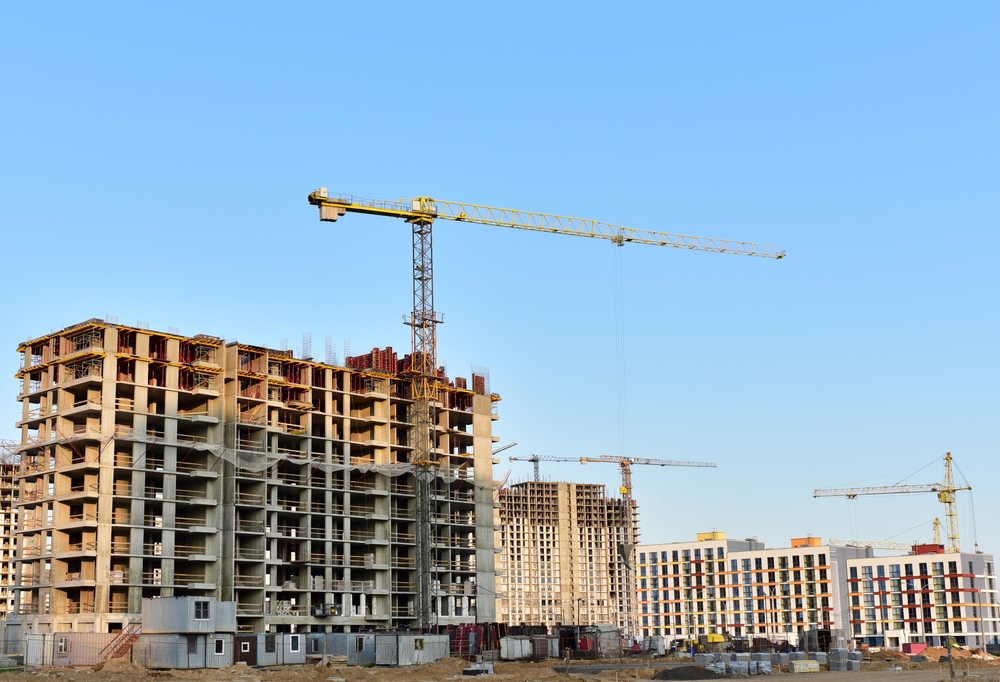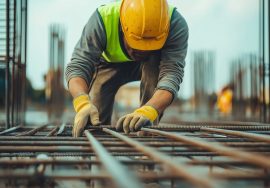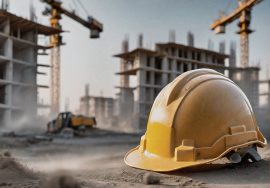How to Ensure Compliance with Innovative Project Solutions
How to Ensure Compliance with Innovative Project Solutions

In the ever-evolving construction industry, ensuring compliance with legal, safety, and environmental regulations is critical for the success of any project. With the rise of innovative project solutions, construction professionals now have powerful tools at their disposal to not only streamline their operations but also ensure they meet industry standards and regulatory requirements. Here’s how to ensure compliance using innovative project solutions:
1. Leverage Technology for Real-Time Compliance Monitoring
Technology plays a key role in tracking compliance throughout the project lifecycle. By integrating real-time monitoring systems, construction teams can ensure that they adhere to various regulations and standards from the outset.
- Automated Compliance Tools: Project management software like Procore, Buildertrend, or CoConstruct includes built-in compliance tracking features. These tools help ensure that all necessary permits and inspections are in place before work begins and allow for the real-time tracking of compliance activities.
- Real-Time Data Collection: By using IoT sensors, wearable devices, and drones, construction teams can gather real-time data about site conditions, material quality, worker safety, and environmental factors. This data can be analyzed immediately to ensure compliance with safety regulations, quality standards, and environmental laws.
2. Implement Building Information Modeling (BIM) for Regulatory Compliance
Building Information Modeling (BIM) is an essential tool in modern construction that allows for the digital representation of a construction project. BIM helps ensure compliance by making it easier to plan, design, and execute projects in adherence to local regulations.
- Regulation Integration: BIM can be programmed to include local, state, and federal construction regulations. This allows the project to be automatically checked against building codes, zoning laws, and environmental standards, ensuring that any design or construction deviations are flagged early.
- Collaboration and Documentation: With BIM, all project stakeholders (architects, engineers, contractors, and regulators) can work off the same digital model, ensuring that compliance considerations are integrated from the initial stages. BIM also creates a centralized repository of documentation, making it easier to access and share required compliance reports, reducing the risk of missing documentation during inspections.
3. Utilize Cloud-Based Platforms for Documentation and Audits
Cloud-based platforms allow construction teams to store and manage all compliance-related documents in one central location. This enables easy access and reduces the risk of lost or outdated paperwork during audits or inspections.
- Centralized Document Management: Platforms like Procore, PlanGrid, and Viewpoint allow construction professionals to upload and organize permits, safety certificates, environmental impact assessments, and inspection reports in the cloud. This ensures that every document is easily accessible and up-to-date when regulatory authorities request it.
- Audit Trails: These platforms also track changes and updates to documents, creating a digital audit trail. This trail can be reviewed during inspections or audits, providing a clear record of compliance efforts.

4. Monitor Safety and Environmental Compliance with Sensors
Workplace safety and environmental regulations are a significant part of construction compliance. With the advent of innovative solutions such as IoT-enabled sensors, construction teams can monitor conditions on-site in real-time and ensure that safety standards are upheld.
- IoT Sensors: Sensors can monitor air quality, temperature, humidity, noise levels, and hazardous gases, ensuring compliance with health and safety standards. If these sensors detect unsafe conditions, they can send alerts to managers, enabling immediate corrective actions.
- Wearable Devices for Worker Safety: Wearables, such as smart helmets, safety vests, and exoskeletons, monitor workers’ movements, vital signs, and environmental exposure to hazardous materials. These devices can also be programmed to trigger safety alerts and ensure workers are following safety protocols, helping meet occupational safety compliance requirements.
5. Use AI and Machine Learning for Predictive Compliance
Artificial intelligence (AI) and machine learning (ML) can assist in predictive analytics to proactively address potential compliance issues before they arise.
- Predictive Analytics for Risk Management: AI-powered software can analyze vast amounts of historical project data to predict potential compliance risks, such as violations of building codes, environmental regulations, or safety standards. By forecasting these risks, project managers can take proactive measures to prevent compliance failures.
- Automated Reporting: AI can also streamline the compliance reporting process by generating reports based on real-time project data. These reports can be used for internal audits, regulatory inspections, or to demonstrate compliance to stakeholders.
6. Track Compliance with Building Codes Using Data Analytics
Innovative data analytics tools can help track compliance with building codes, which can be complex and vary depending on the location of the project. By continuously analyzing construction data, these tools can ensure that the project adheres to code requirements from the planning stage through to completion.
- Code Compliance Software: Data-driven software can monitor the project’s progress and automatically compare the design and construction methods against applicable building codes. If any inconsistencies or violations are detected, the software can flag them, allowing for immediate corrections before they turn into costly problems.
- Continuous Quality Checks: Real-time data from sensors and quality management tools can provide ongoing verification that materials meet code standards. This ensures compliance with quality and safety codes without the need for additional manual checks.
7. Train and Educate Employees on Compliance Requirements
Innovative solutions can also enhance the training and education of employees regarding compliance requirements. Interactive training programs, VR simulations, and mobile applications can ensure that workers are fully aware of the latest regulatory changes and safety standards.
- Virtual Training: Virtual reality (VR) or augmented reality (AR) training modules allow workers to practice safety procedures and compliance protocols in a simulated environment. This ensures that workers are well-prepared for real-life situations, reducing the likelihood of safety violations.
- Mobile Training Apps: Mobile apps provide on-demand access to regulatory guidelines, safety protocols, and construction codes. By keeping this information readily available, employees can consult it whenever necessary to ensure compliance during their tasks.
8. Streamline Compliance Inspections with Drones
Drones are an emerging technology in construction that can be used to perform inspections of construction sites more efficiently and comprehensively. By using drones, project managers can ensure compliance with building codes and environmental regulations from a bird’s eye view.
- Site Surveillance: Drones can fly over the site and capture detailed imagery, which can be analyzed to assess compliance with zoning regulations, environmental standards, and building codes. This also provides a record of the site’s progress and helps keep track of deviations from the original plans.
- Automated Inspection Reports: Drone-captured data can be processed and analyzed to generate compliance inspection reports, reducing the need for manual inspections. These reports can be used for regulatory audits and to verify that the project meets legal and safety requirements.
Conclusion – Compliance Innovative Project Solutions
Ensuring compliance in construction projects is no longer a tedious or manual task. With the integration of innovative project solutions, construction teams can now automate, monitor, and predict compliance risks, significantly improving project efficiency and reducing the risk of legal, environmental, or safety violations. By leveraging technology, such as real-time monitoring, BIM, AI, and IoT sensors, construction professionals can ensure that every project is completed in line with industry regulations and standards, paving the way for a safer, more efficient, and compliant construction industry.
External Resources – Compliance Innovative Project Solutions
Indian Green Building Council (IGBC)
- The IGBC promotes sustainable building practices in India. They offer guidelines and certifications that ensure construction projects meet environmental standards. Explore their resources at Indian Green Building Council.
Construction Industry in India
- One of India’s largest construction and engineering companies, L&T Construction provides services including project management, cost control, and engineering consultancy. For detailed information on their offerings, visit. Construction Industry in India
Read more related articles to enhance your knowledge and make informed decisions
10 Essential Steps in the Building Construction Process
How to Choose the Right Materials for Your Construction Project








